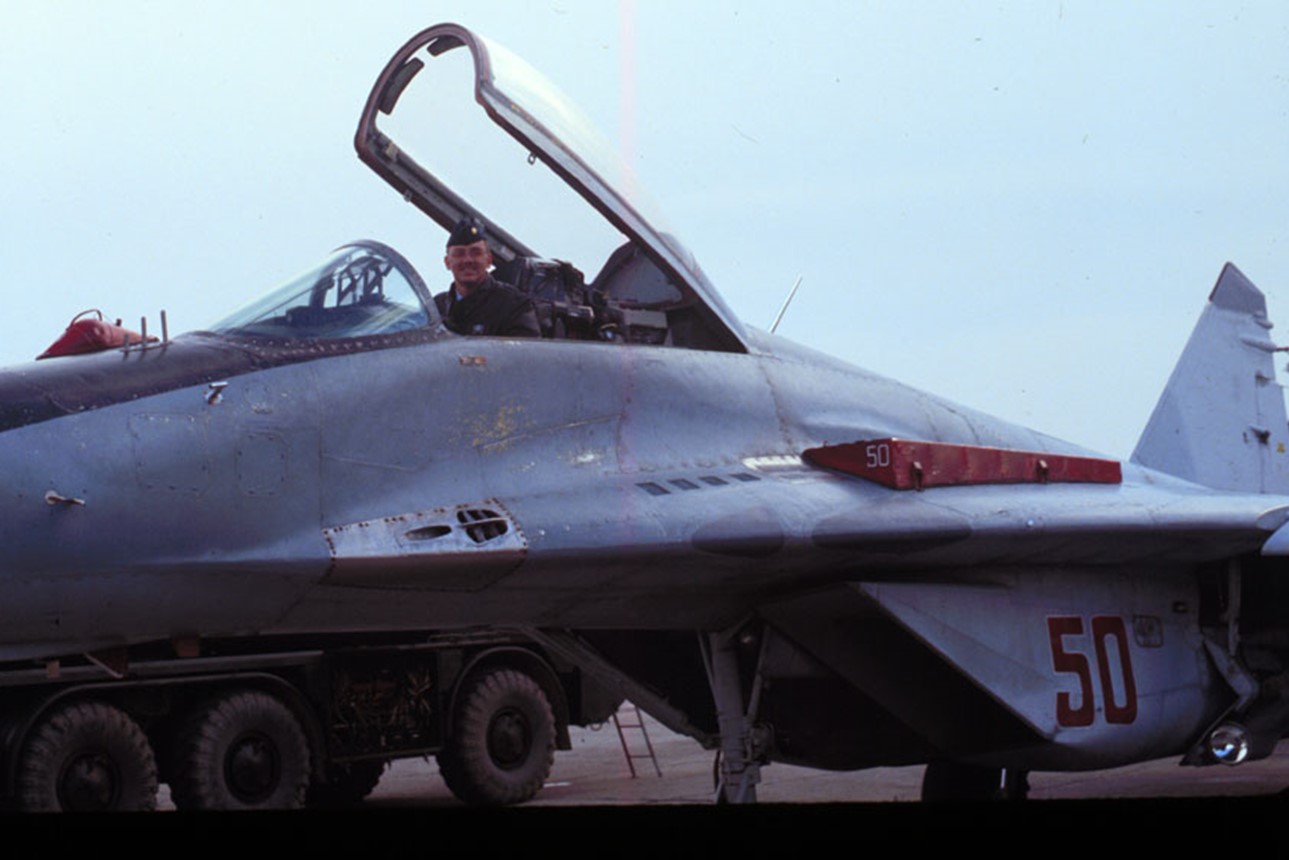“The Su-35 is Moscow’s…best, non-stealth fighter…(their) most-capable and combat-proven, fighter jet…used extensively during the seemingly never-ending, Russo-Ukrainian War. Russian Su-35 pilots have thus far claimed at least seven air-to-air victories against Ukrainian, fixed-wing fighters…the Su-35 will probably be the Russians’ primary, frontline fighter for several more years to come.” — Christian D. Orr, National Security Journal, July 2025.
On Saturday, June 7, 2025, at approximately 10 AM local time, a Ukrainian (formerly Dutch) F-16AM Fighting Falcon jet fighter reportedly shot down a Russian Su-35S Flanker-M, or “Super Flanker,” probably from Lipetsk Air Base, over the Kursk region of Russia. This was the first-ever, air-to-air shootdown of a Super Flanker, and the ninth shot own so far, mostly by Ukrainian surface-to-air missiles in the past.
The Su-35S is Russia’s very latest, fourth-generation-plus, non-stealth fighter, equipped with an N035 Irbis-E (“Snow Leopard”) airborne radar (up to 218 miles’ range), an OLS-35 electro-optical/infrared tracking sensor, an NSTs-27 Shchel-3UM helmet-mounted, target-designation system (HMTDS), a powerful, GSh-30-1 30x165mm cannon, and 12 weapon stations, capable of carrying a vast variety of missiles and bombs.

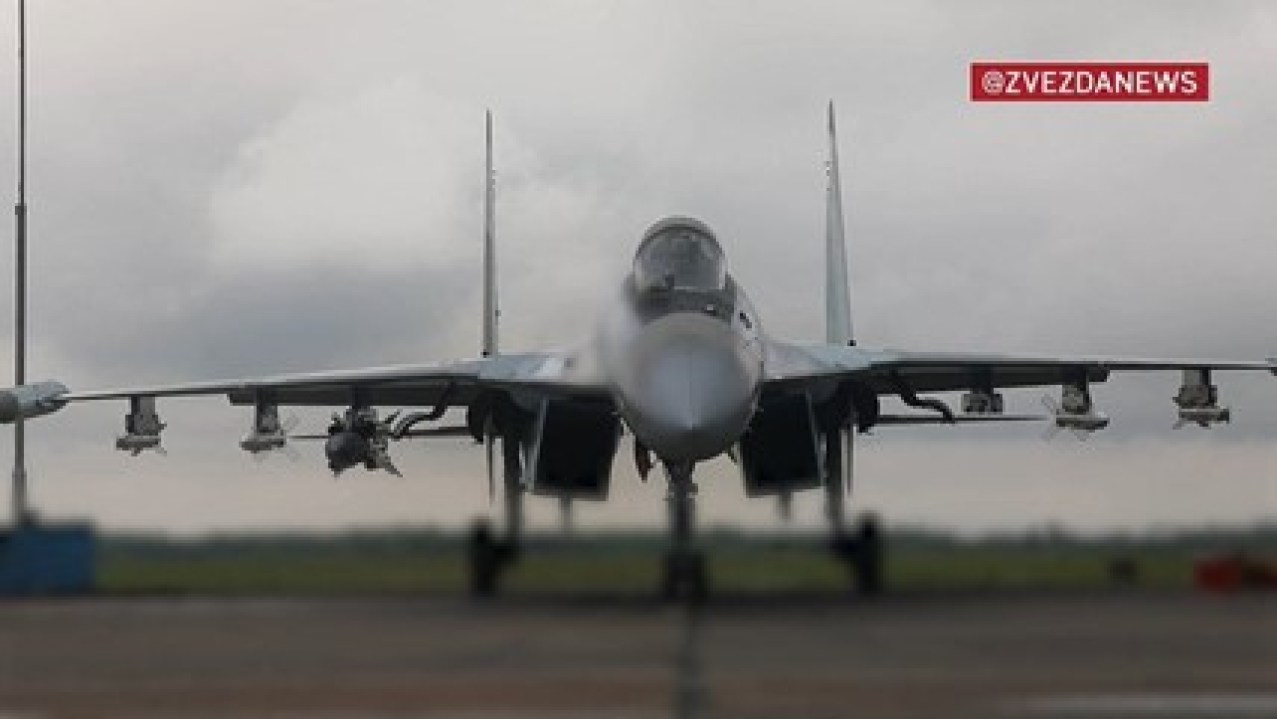
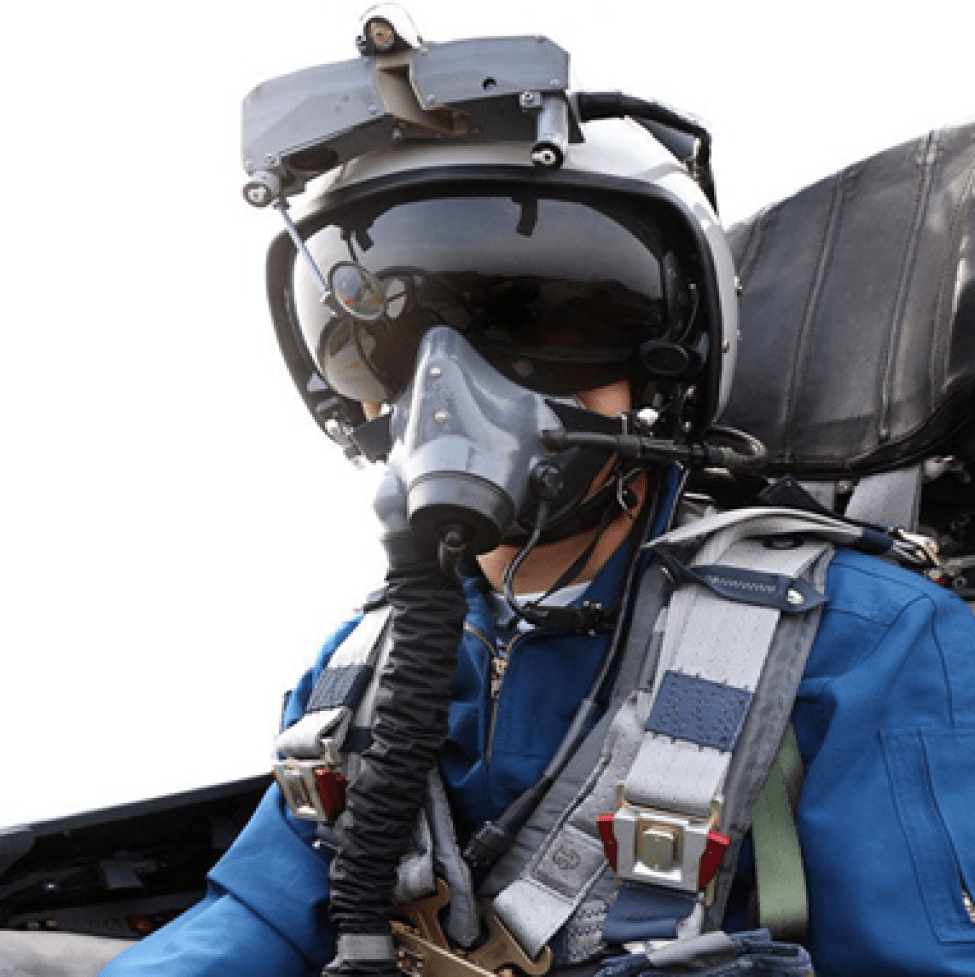
According to the Ukrainian Air Force, their F-16AM was vectored into position near the Russian border by a recently-acquired, Swedish-made, Saab 340 AEW&C-300 (S-100D Argus, or ASC890) airborne, early-warning aircraft, using its PS-890 Erieye radar (280-mile range), which detected the ingressing Super Flanker at about 120 to 180 miles range, as it continued toward Ukrainian airspace. The F-16AM pilot kept his own APG-66(V)2A radar (about 90 miles’ range) turned off to avoid electronic detection by the Flanker’s L150-35 Pastel radar warning receiver, effectively creating an aerial ambush for the Russian fighter.
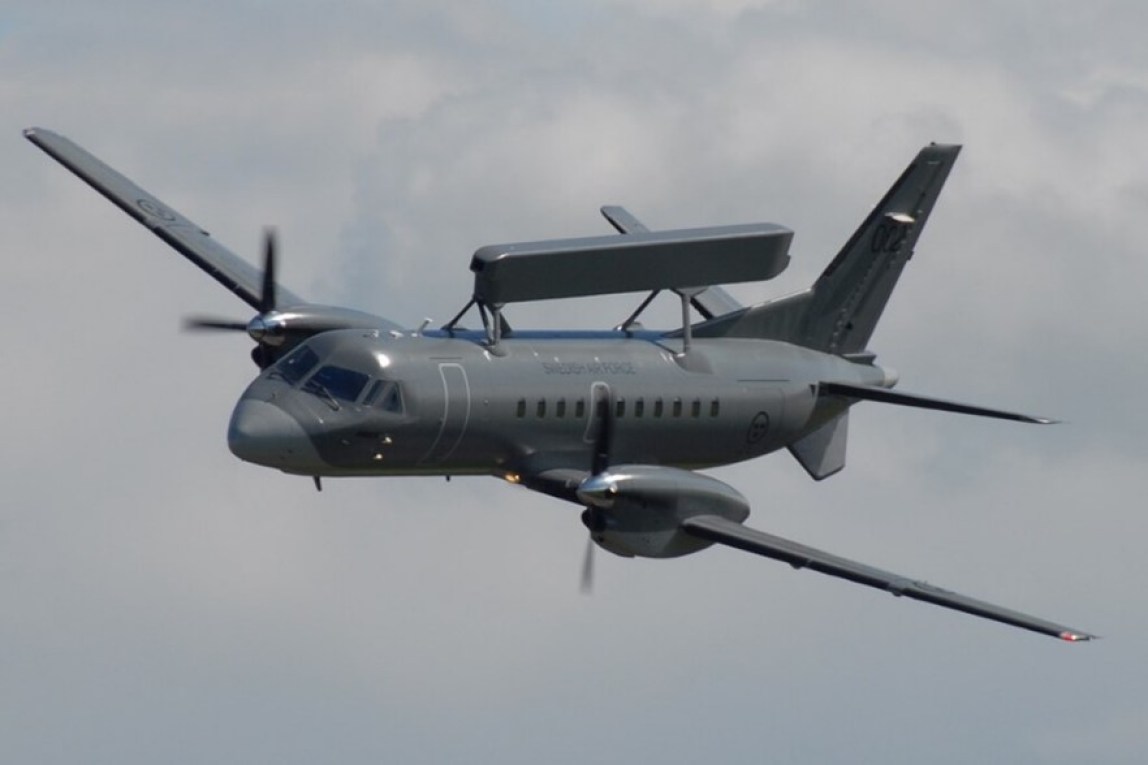
The F-16AM pilot then closed to within 31 miles, and fired one AIM-120C-8 AMRAAM (Advanced, Medium-Range, Air-to-Air Missile,) nicknamed the “Slammer” (99 miles maximum range) by fighter pilots, which used inertial guidance at first, switching to midcourse updates via datalink, and finally, for the last 12 miles, it used active-radar homing from its own tiny radar in the nose of the missile. At an airspeed of Mach 4, it would take about 36 seconds until impact, and the Super Flanker was definitely hit.
The Su-35 pilot safely ejected over an open field near Korenovo, Russia, 10 miles from the Ukrainian border, and was soon recovered by a Russian, combat search-and-rescue (CSAR) team, probably an Mi-8PSG (modified Mi-8TVK) Hip-E/F helicopter crew, one of four assigned to Kursk Air Base, and clearly visible on Google Earth satellite imagery. There was no indication that the Flanker-M pilot ever knew that he was being targeted until it was too late.
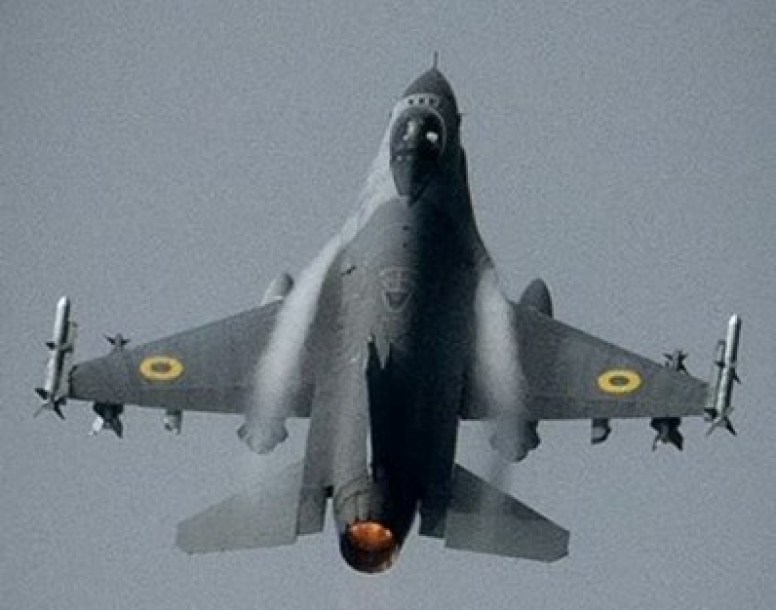
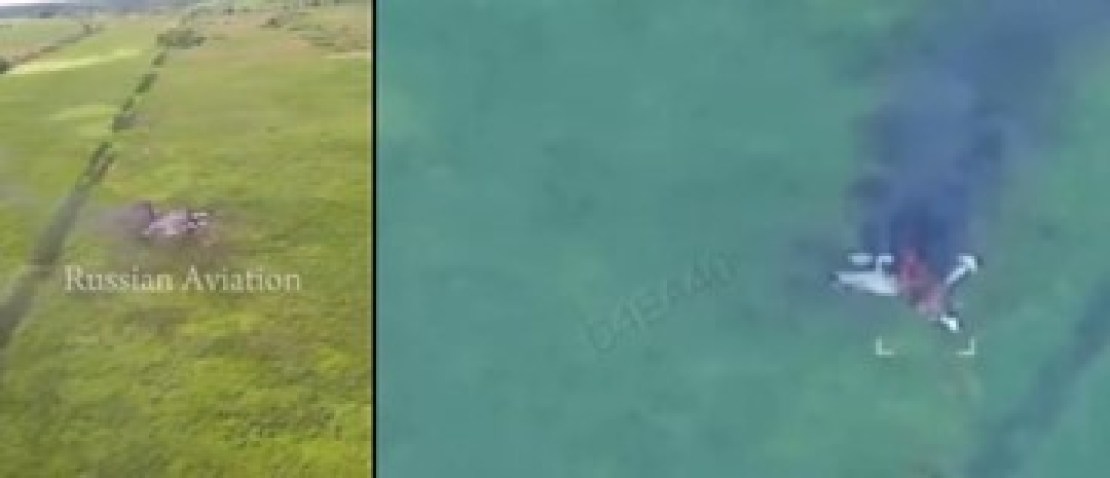
The Flanker-M is equipped with the latest NPP Zvezda K-36D-5 ejection seat, also used in the newer Su-57 Felon stealth fighter. The K-36D-series has proven to be very stable and reliable, usually resulting in a safe ejection sequence.
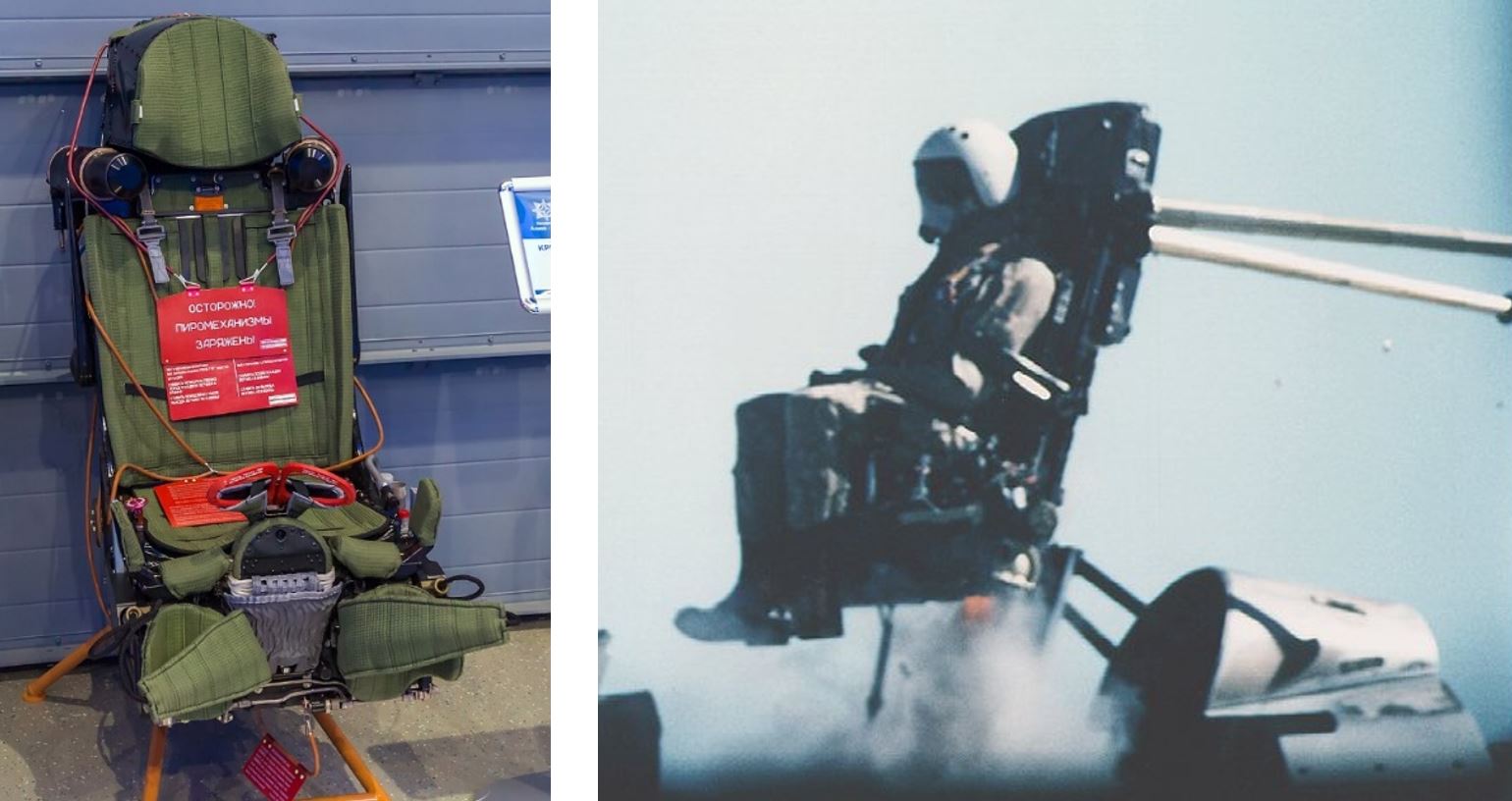
In addition, Russian fighter pilots are now being issued Lebedev PLK compact pistols (3.6-inch barrel) in 9x19mm for their survival vests, and folding (folds to 13.7 inches), KBP PP-2000 submachine guns, also in 9x19mm, with suppressors, in their seat survival kits. As an alternative firearm, some pilots have been provided with the new, folding-stock, Kalashnikov PPK-20U submachine gun in 9x19mm. So, the Super Flanker pilot was probably well armed for a short-term, combat-survival situation.
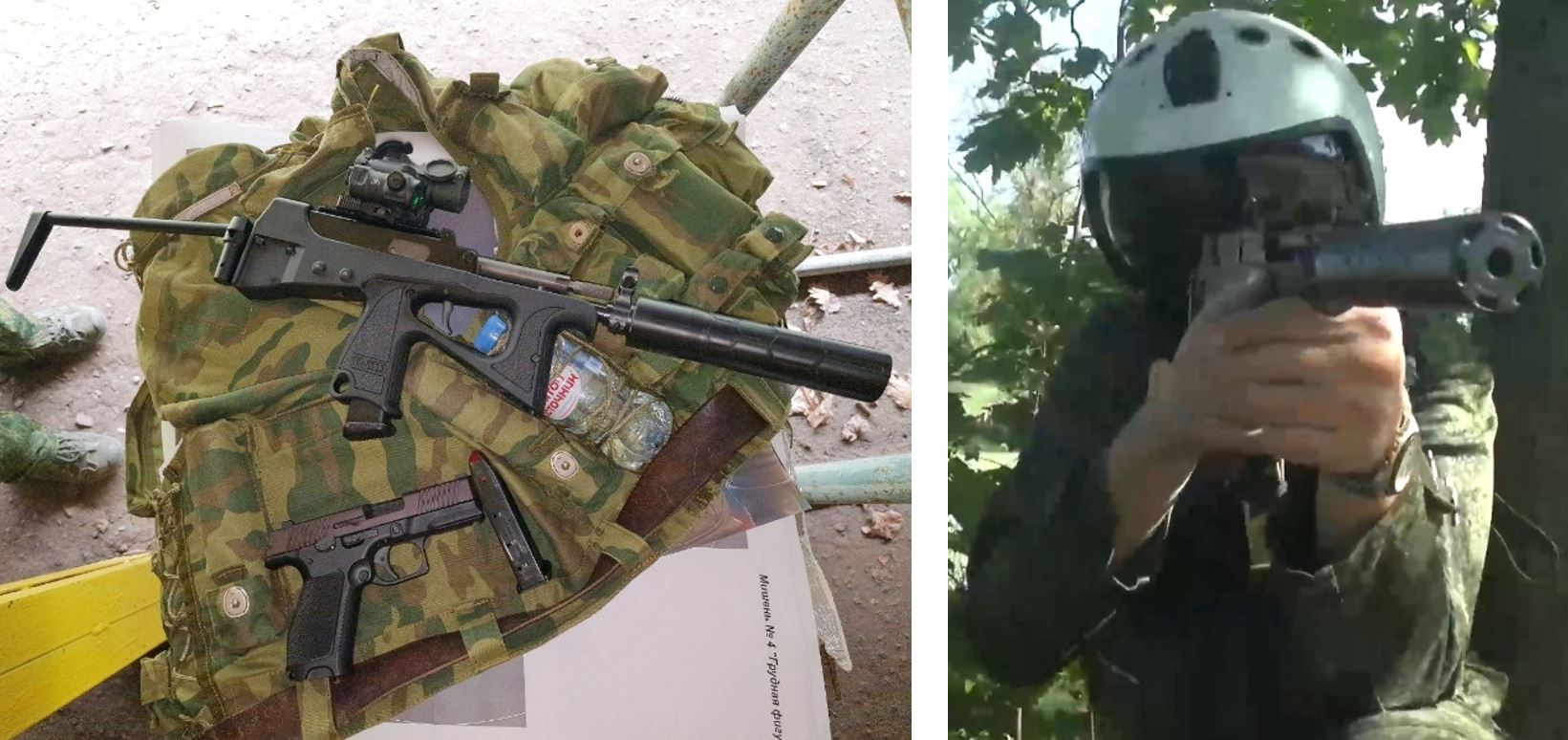

There have been conflicting accounts of this historic, shootdown incident, with the Russians claiming that the loss was attributed to a Ukrainian MIM-104E/F Patriot surface-to-air missile battery near Sumy, Ukraine.
The Ukrainian Air Force currently has at least 29 modified and updated, F-16AM Fighting Falcons, with about 61 more due to be delivered, mostly from Dutch and Danish inventories so far, but 30 coming from Belgium, as these NATO nations upgrade to the F-35A Lightning II stealth fighter. In addition, at least one of two Saab 340 AEW&C aircraft ordered has likely arrived from Sweden. These are all highly-prized assets, constantly moved from one location to another to avoid targeting by Russian missiles or bombs.
It’s interesting to note that many Russian fighters formerly employed the Ukrainian-made, Arsenal SURA helmet-mounted, target-designation system (HMTDS), in particular the SURA-M for the Su-35S Flanker-M, but since 2020, they have transitioned to Russian-manufactured, HMTDS units.
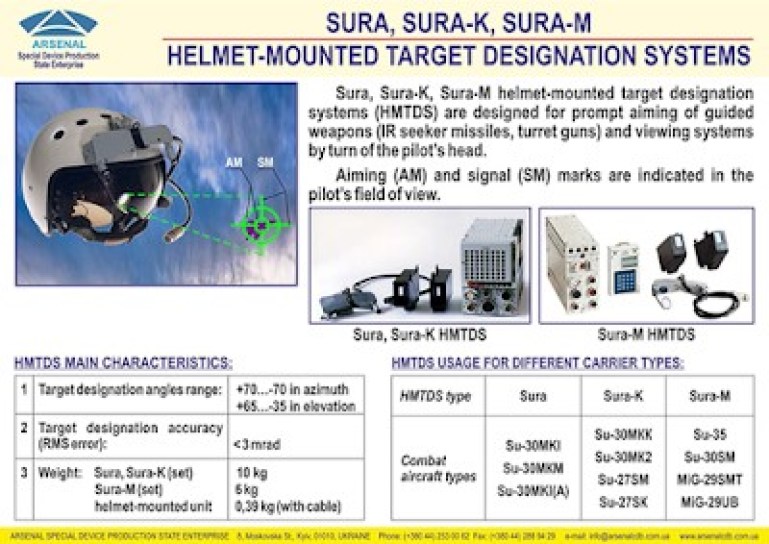
While it’s likely that the Ukrainian F-16AM Fighting Falcon pilot in this incident had access to the upgraded, SURA-I system, this helmet sighting unit, while superb for dogfighting and other visual-range, aerial duels, would not have made much difference in this longer-range engagement.
The Ukraine Fights Telegram channel wrote, “This is a historic moment, but now we have to camouflage the Saab (340) aircraft as carefully as possible.” Understandably, Ukraine remains somewhat secretive about the combat operations of these particular, F-16AM and Saab 340 aircraft.

Ethel Annakin, the wife of British politician 1st Viscount Philip Snowden, wrote for The San Diego Union in July 1915, during World War One, that, “Truth is the first casualty of warfare.” While the precise details of this shootdown incident remain a mystery, what is indisputable is that a Russian Su-35S Super Flanker was definitely shot down over the Kursk region, and Ukraine has clearly had its F-16 AM Fighting Falcons flying combat missions in exactly the same airspace. The initial Ukrainian Air Force shootdown report was certainly detailed enough that it’s unlikely to be a fabrication.
One Ukrainian F-16 was shot down by a Russian SA-21B Growler long-range missile on April 12th, killing the pilot, Captain Pavlo Ivanov, age 26, who was posthumously promoted to major and was awarded the Hero of Ukraine medal.
We may not receive absolute confirmation of the F-16AM shooting down a Su-35 Flanker-M until the brutal war in Ukraine is over, but it’s certainly a very positive, encouraging, and historic development in modern aerial warfare.
* * *
